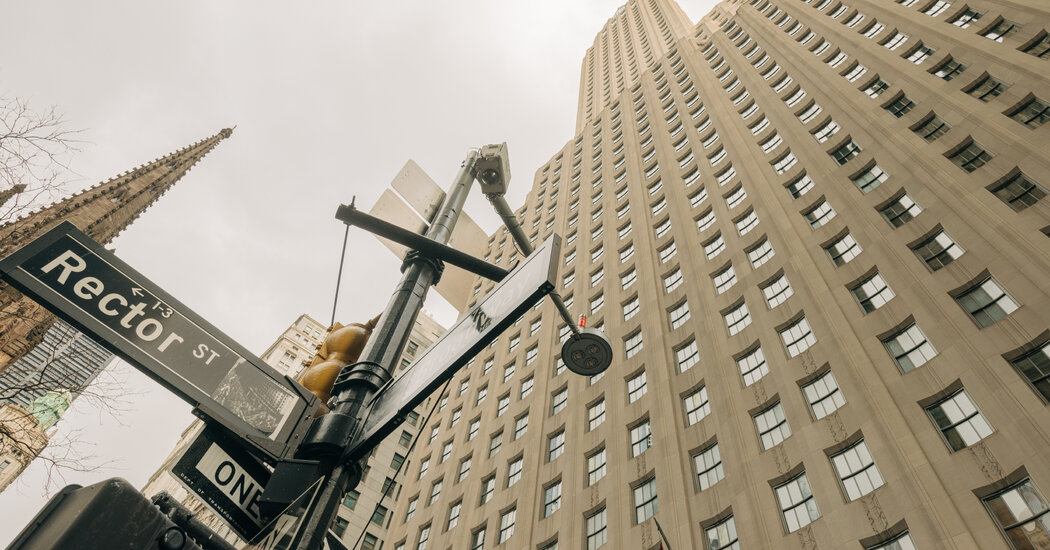In Chicago, Michael M. Edwards, who leads the Chicago Loop Alliance, a corporate organization, has seen a hesitant return to downtown offices. He started going back to his own office in the spring of 2020 and remembered biking down the street past boarded-up buildings and empty skyscrapers. As he boarded the train, he noticed the silence, the absence of all the businessmen in suits who used to commute next to him.
Mr. Edwards is excited about a plan the city has begun developing that uses office renovations to create 1,000 housing units, 30 percent of which are affordable, along LaSalle Street, a major business thoroughfare. With more people living downtown, Mr. Edwards argues, more people could easily commute to downtown jobs.
He notes that this push to bring more housing to the center is part of a recent trend: about 40,000 people live in the inner city, up from only about 13,000 a decade ago. Apartments in the Loop are renting at higher rates than before the pandemic, indicating that people are interested in living in the hustle and bustle of downtown.
“You’re in the middle of everything,” said Mr. Edwards, who used to live in the Loop. “It is a 10-minute walk to work, so suddenly you have two hours of travel time back.”
In New York, too, some real estate owners are more emphatically calling for talks about home renovation. They note that companies are increasingly looking for new offices with luxury amenities – Class A spaces – in what real estate companies call a ‘flight to quality’. That leaves millions of square feet in lower-class spaces, often built before the 1980s, that are likely to sit vacant.
“Some of these buildings will become haunted,” says Bill Rudin, whose family business owns and operates commercial and residential properties. “The market tells us all to do something different that is imaginative, out of the box, but proven to be successful.”
Lower Manhattan offers a model of the possibilities of turning a commercial district into a part-residential district. Faced with financial difficulties in the early 1990s, the state of New York passed a tax abatement program called 421-g that encouraged the conversion of old offices into residences. As a result, between 1995 and 2006, nearly 13 million square feet, or 13 percent of lower Manhattan’s office real estate, was converted to residential space.

